Squaretail Bristletooth Tang
-
One of the most vividly colored of its genus with a bright yellow body they are called truncatus due to their tail fins that are short, that lack the typical pointed tips, which are common in all species in the Genus Ctheochaetus.
Its Squaretail Bristletooth Tang boasts a brown-to-orange body, with light turquoise to brilliant yellow dots on the body, head, and the base of the dorsal fin. The exterior of the eyes is surrounded by bright yellow. Ctenochaetus Tangs have a protruding mouth with bristle-like teeth that can use individually to sort, sift and scrape for food.
A 70-gallon or larger aquarium is required to give ample swimming space. It can be aggressive with other Tangs and can be harmed by the species it is however, it is peaceful with other fish species and sessile invertebrates. It is recommended to keep only one specimen in each tank.
While Tangs can eat meaty meals as do others in aquariums, it's essential that they get ample amounts of seaweed that is marine-based and algae. This can strengthen the immune system of the Tangs, lessen aggression, and boost their overall health. Give dried seaweed connected to a stone or a vegetable clip, and feed them at least three times each week. Sea Veggies, Seaweed Salad, and Seaweed Selects are all ideal products and are extremely simple to use. These are fantastic fish to control algae in reef aquariums or saltwater fish.
Approximate Size of Purchase:
- Small: 1-1/2" to 2-1/2"
- Small/Medium: 2-1/2" to 3"
- Medium: 3" to 4"
- Medium/Large: 4" to 5"
- Large: 5" to 6"
- Description
- Additional Information
- Reviews
General Information Regarding Squaretail Bristletooth Tang
One of the brightest-colored of its genus at a young age with a bright yellow body and a sprightly called truncatus due to its short tail fin which lacks the typical pointed tips that are common in all species in the species of Ctheochaetus. This species is known as the Squaretail Bristletooth Tang (Ctenochaetus truncatus) boasts a brown-to-orange body, with light pink to blue spots around the body, head, and the base of its dorsal fin. The outside is surrounded by bright yellow. Ctenochaetus Tangs have a protruding mouth with a bristle-like tooth structure. they can be moved individually to sift clean, sort, and scrape to find food. A moderate aquarium is required to allow ample swimming space. It is aggressive toward other Tangs and can be attacked by its species however, it can be tranquil with other fish and sessile invertebrates. It is recommended to house only one specimen per tank.

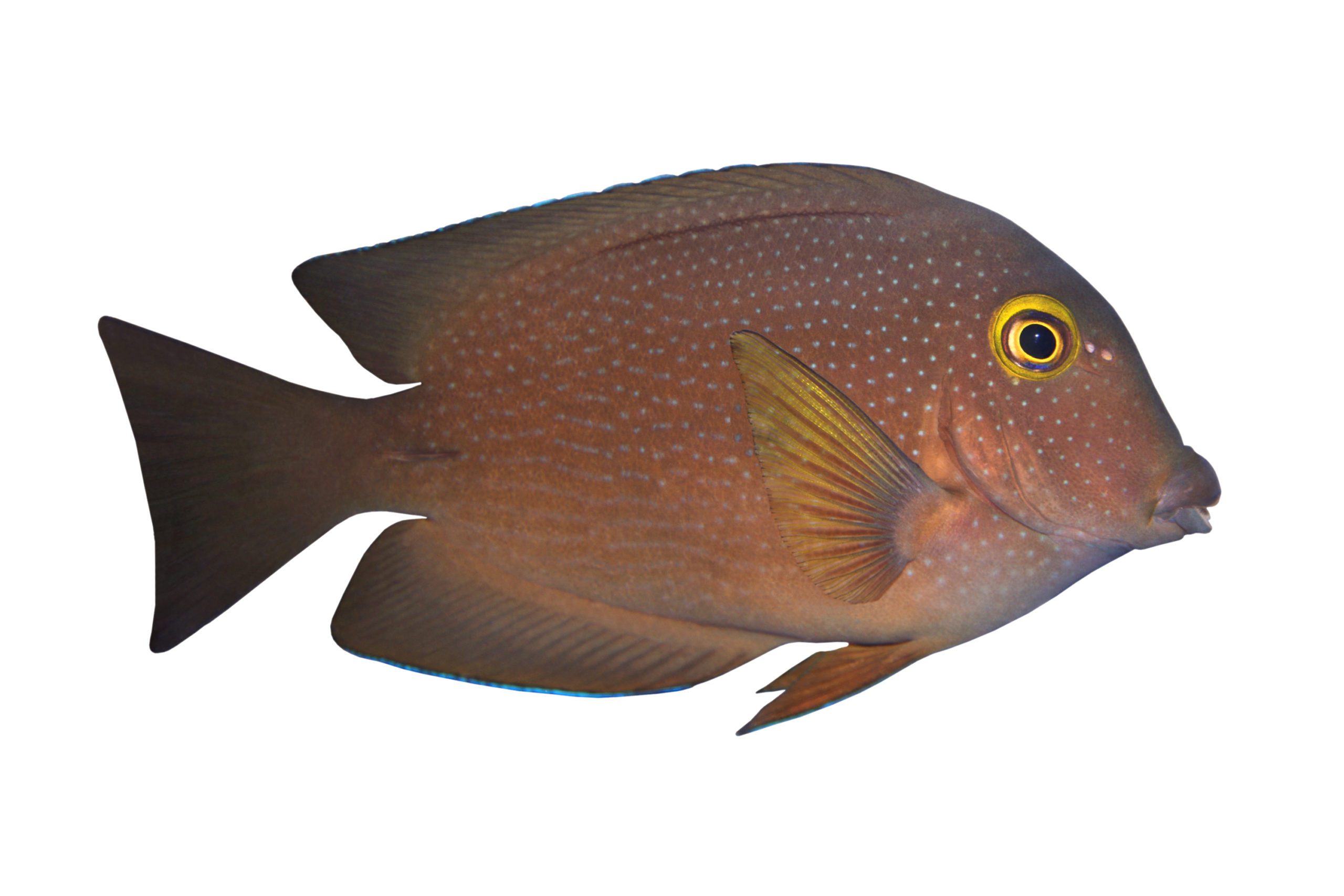
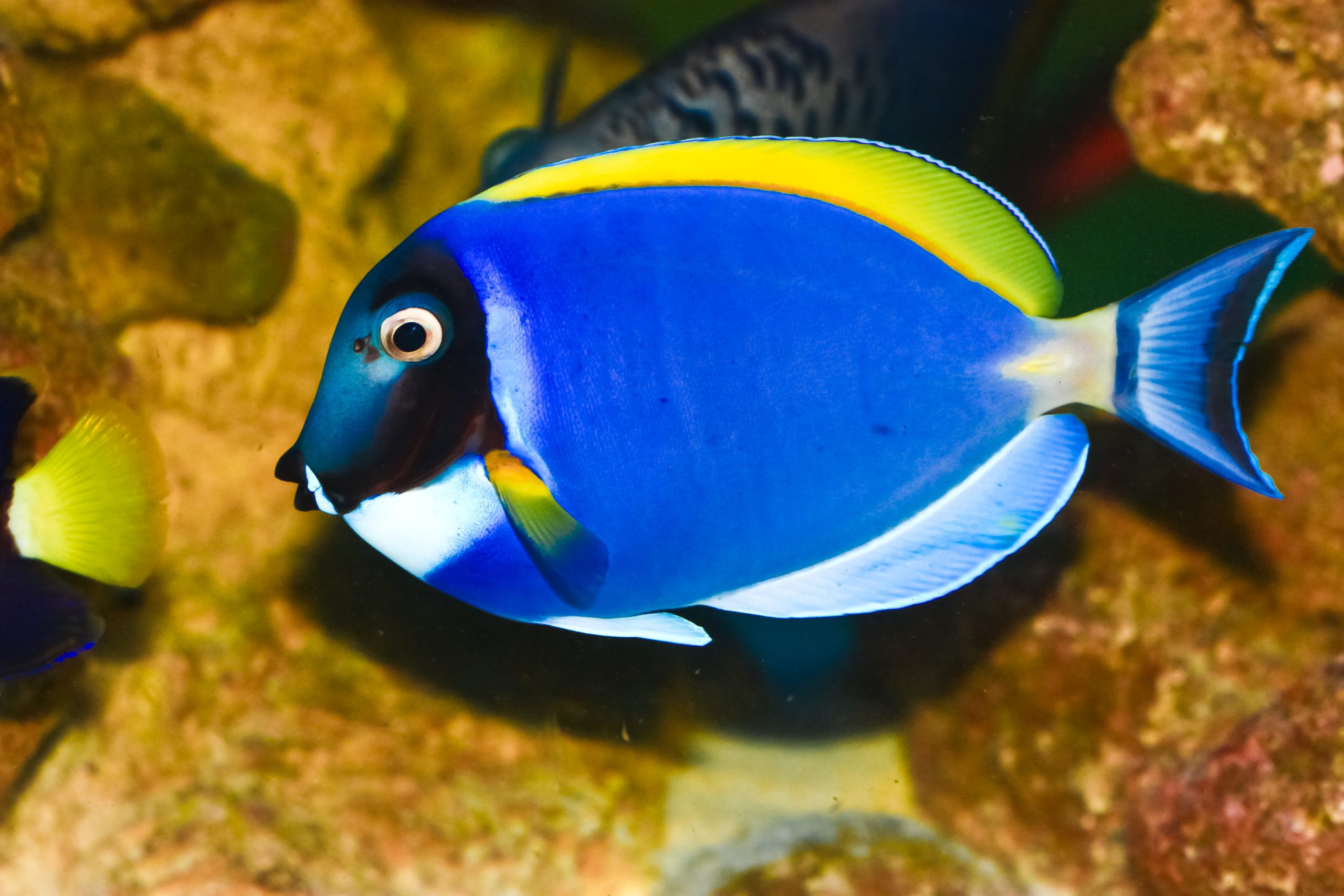
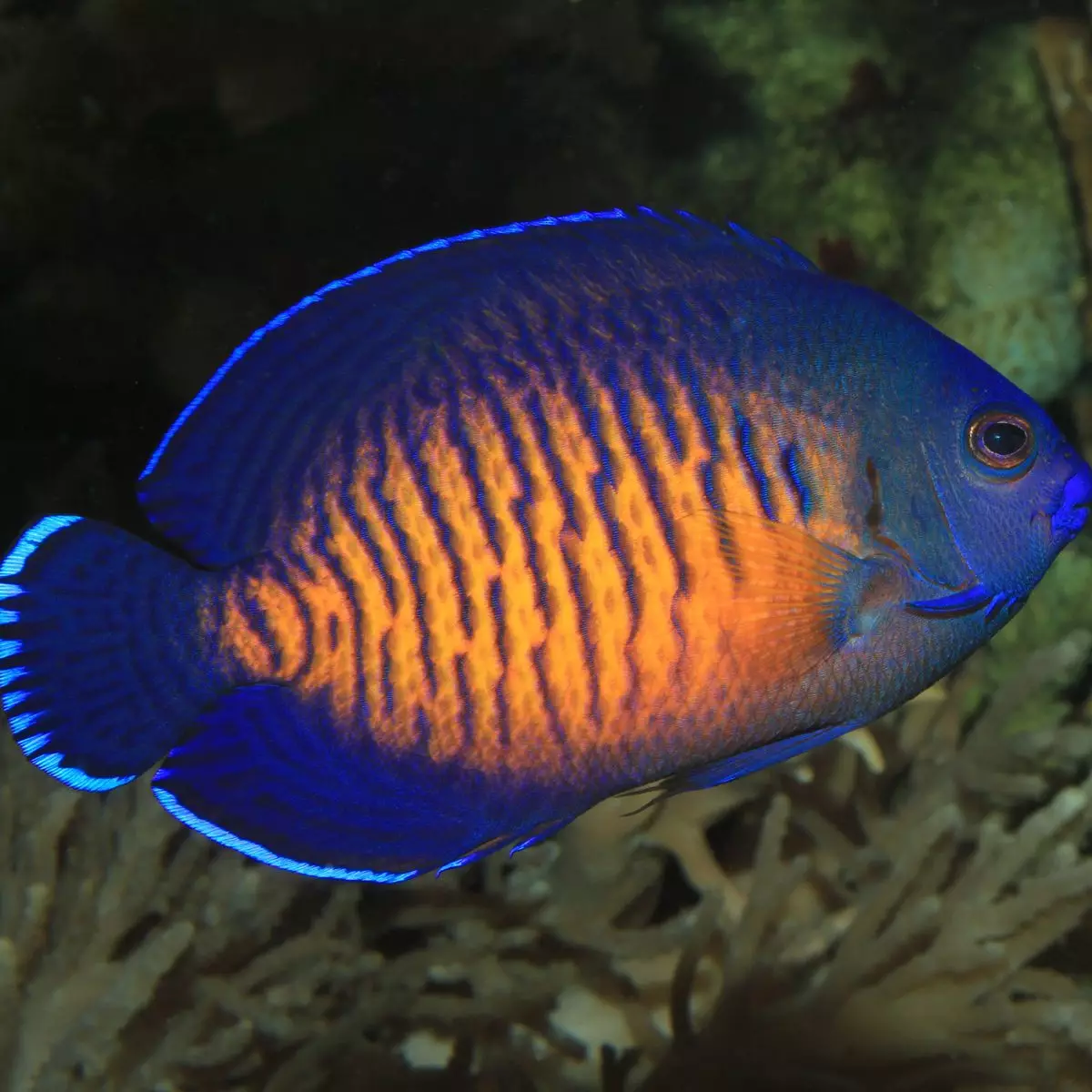

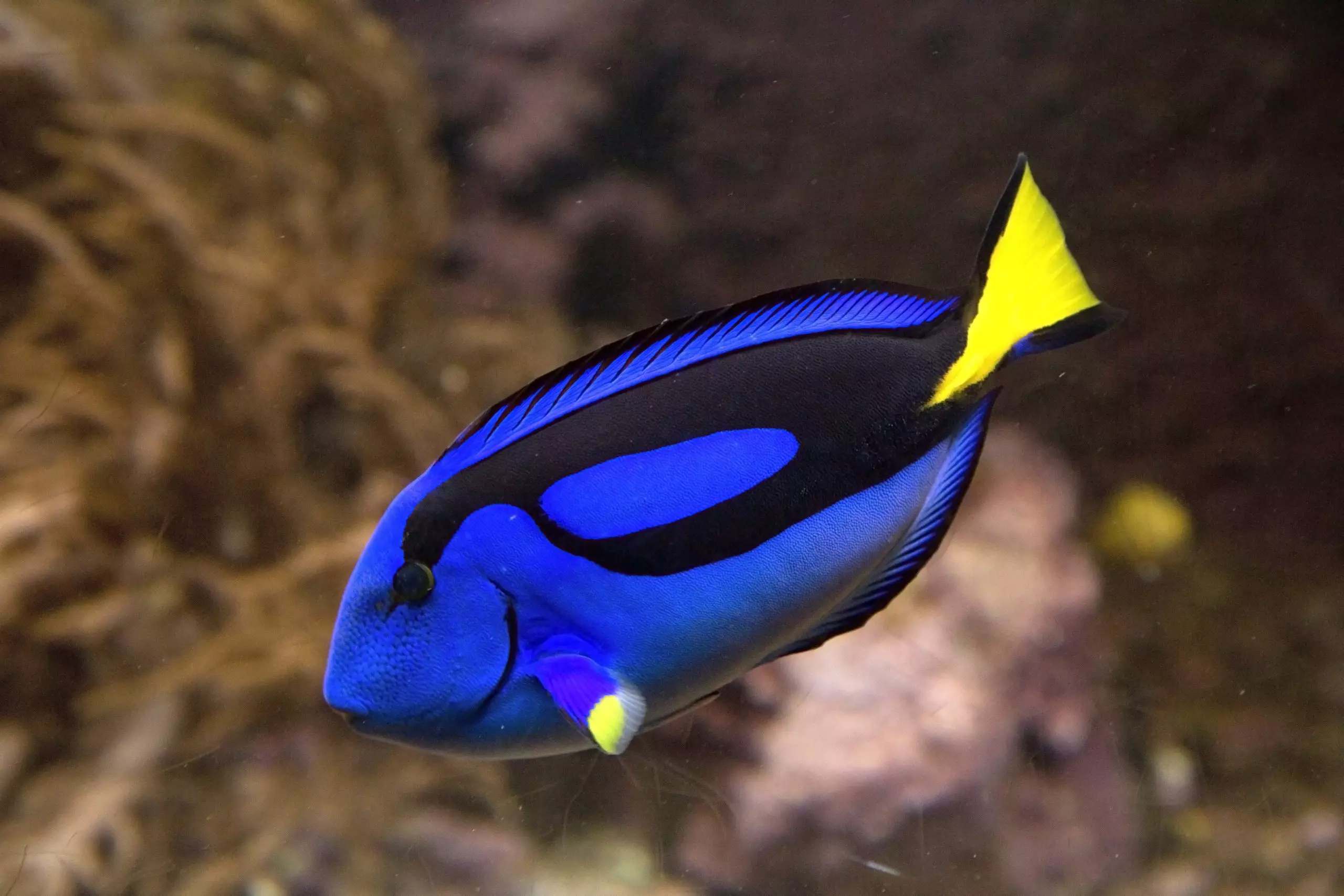
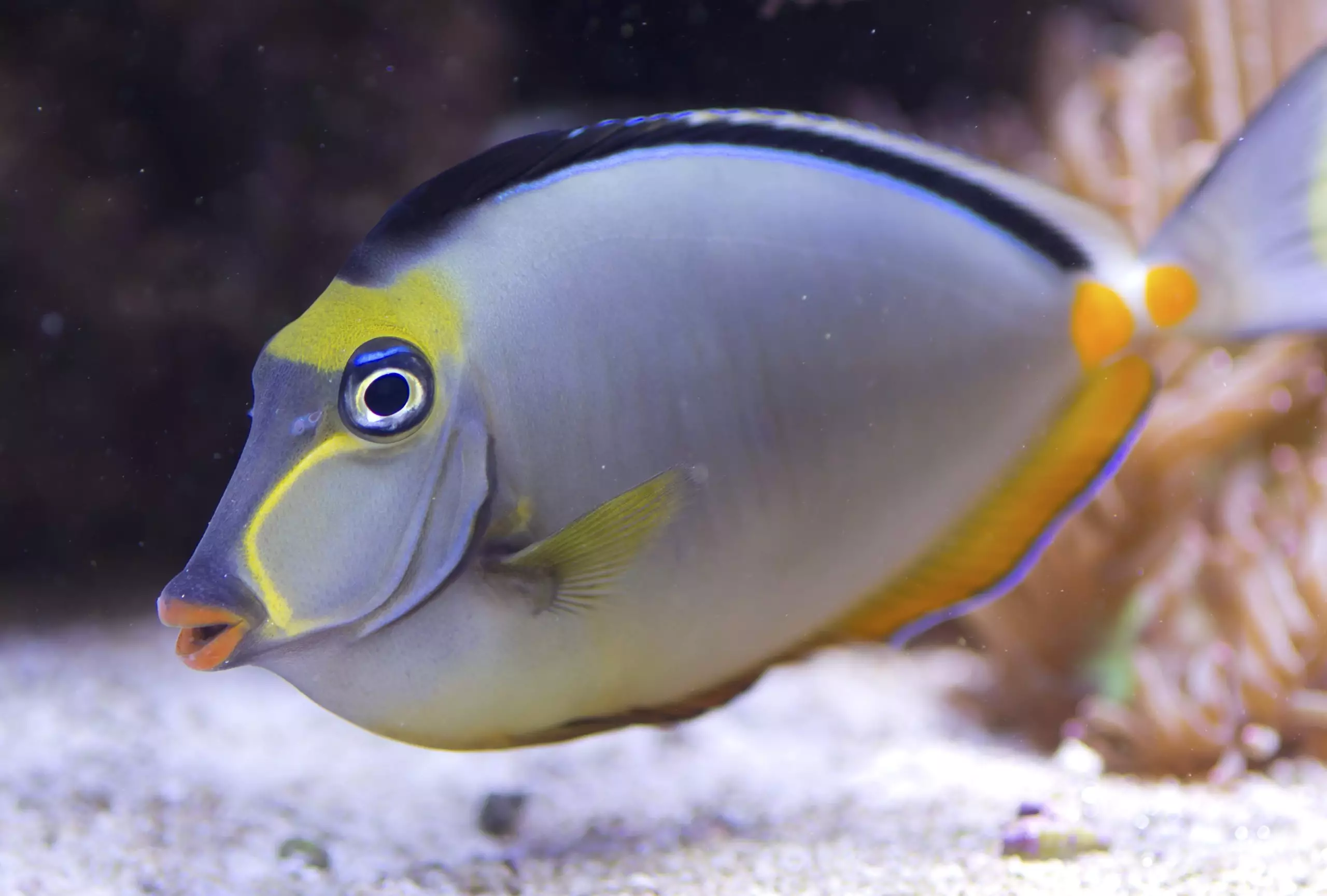

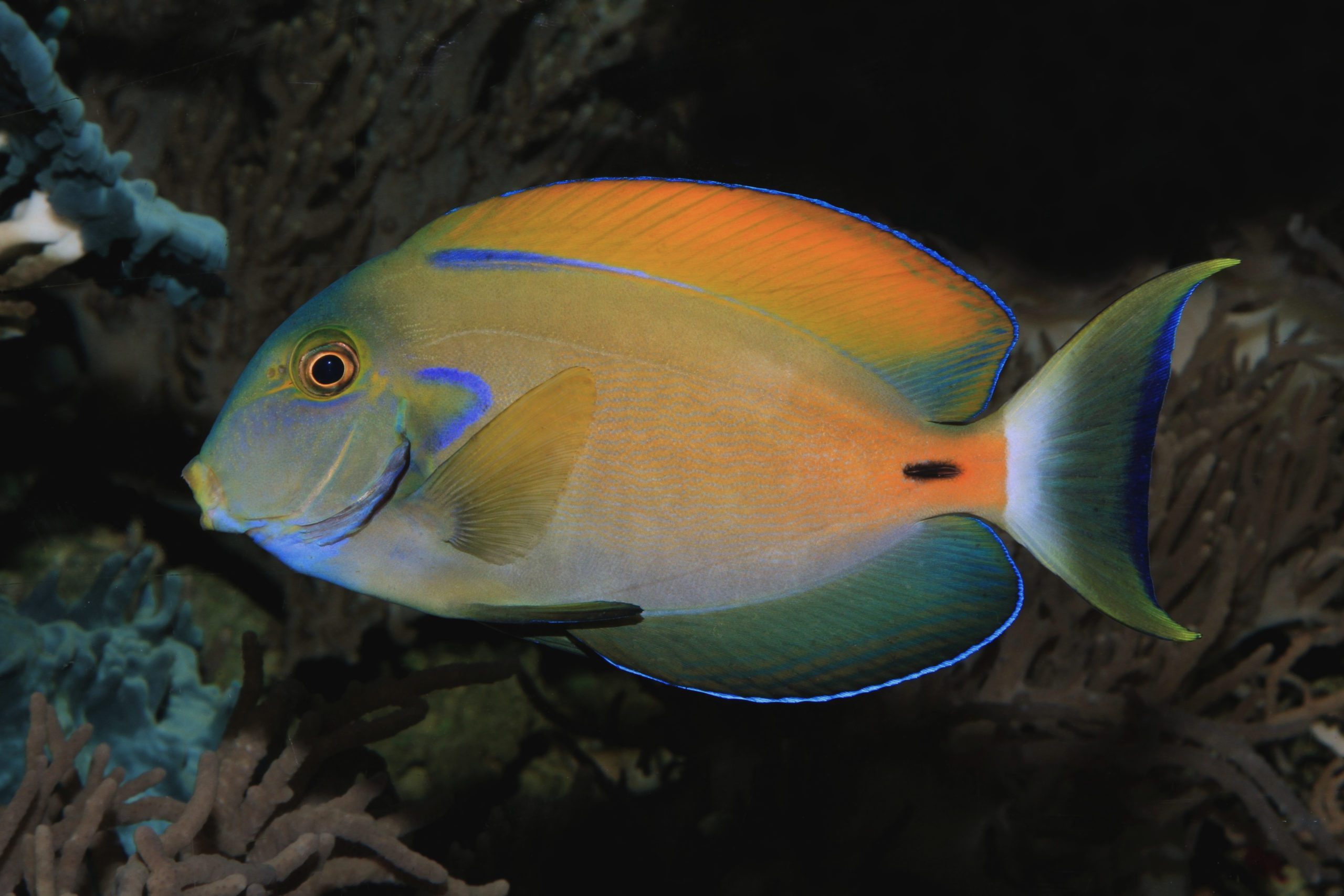


Reviews
There are no reviews yet.